Function introduction
1) Support remote video conferencing, telecommuting, emergency meetings, business meetings, sales and promotion meetings, remote training, remote interviews, telemedicine, collaborative work, etc.
2) Real-time interactive communication can be carried out between various organizations in the enterprise video conferencing system at any time
3) Large-scale meetings attended by all nodes can be held
4) Support notebook and mobile phone mobile office access needs
5) Excellent expansion capabilities to meet future system expansion requirements
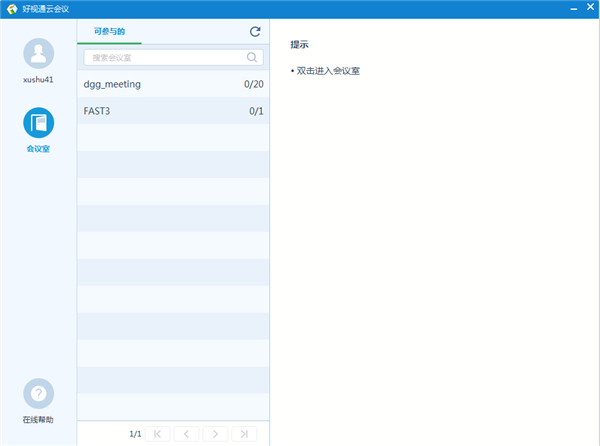
FAQ
What should I do if I can’t see myself in a video conference?
More and more companies use video conferencing to improve the efficiency of internal communication and save travel costs. What should I do if I can’t see myself during a video conference? What should I do if I can’t see my own video screen?
Usually there are the following reasons:
First, the video camera hardware on your computer fails and you can only replace it with a new device;
Second, the video camera driver on your computer is not installed properly. Download the latest driver update and ensure that the camera device in the "Hardware Device Manager" is displayed normally;
Third, the video capture card is faulty or the driver is not installed properly, and the video from the analog camera cannot be encoded or decoded;
Fourth, if you are in the conference host mode as an attendee and do not broadcast your video as a speaker or attendee, others will say that they cannot see your video. At this time, the video icon should be displayed in black, that is, no video is being broadcast.
Fifth, if the video icon is blue and the video interface displays a "No signal" prompt, it means that the video camera currently being broadcast is faulty or not an actual physical camera. You should select another camera to broadcast to confirm that it is valid. That one.
Sixth, there is another situation where a "Disable" prompt appears on the video after the broadcast. Then the video control button in the lower left corner of Haoshitong is disabled and can be turned on.
Seventh, the last situation is relatively rare, that is, the video cable is accidentally touched during the meeting and becomes loose, just reconnect it.
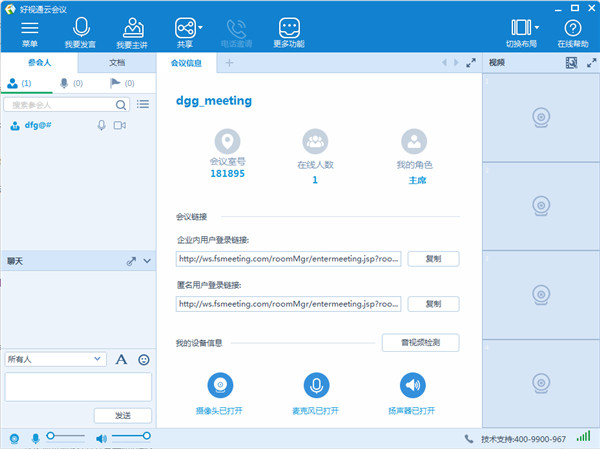
Change log
New features:
-HST-M550 omnidirectional microphone audio access: The client applies for/gives up speaking and realizes audio calls through HST-M550 omnidirectional microphone;
Other optimizations:
- Fixed 3 client crash issues;
- Optimize the problem of failure to open sharing through wps;
- After switching conference rooms, offline users will not be displayed;











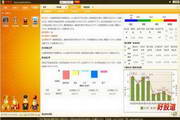

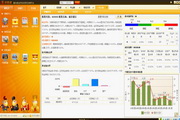
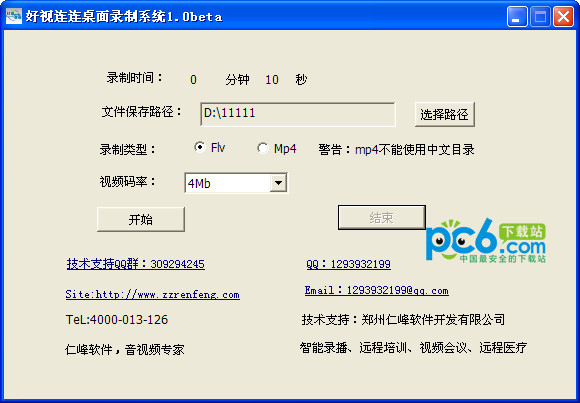




























it works
it works
it works